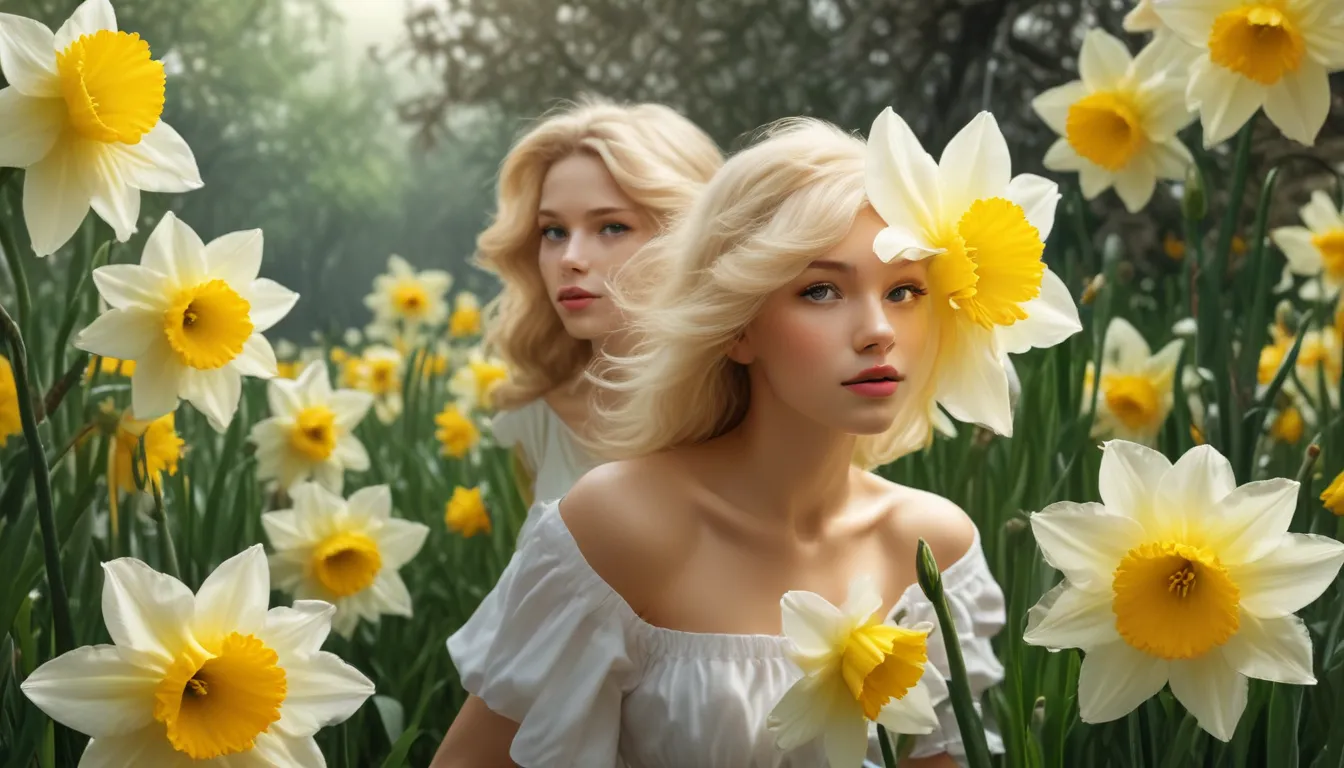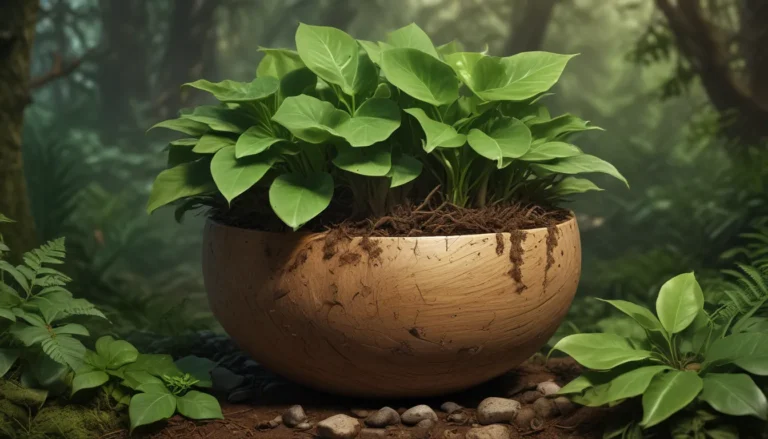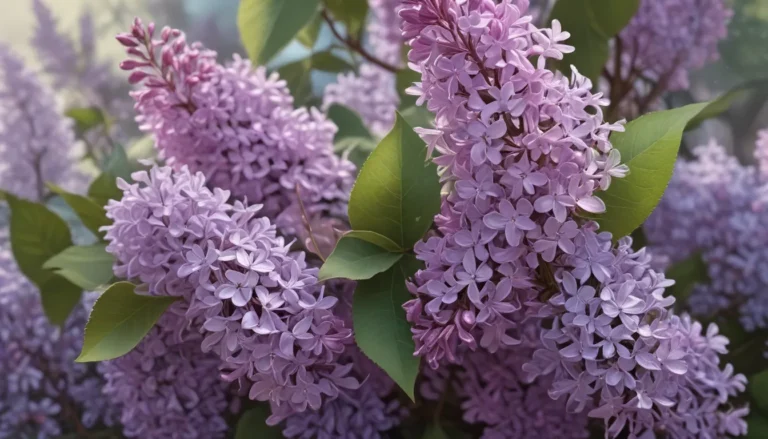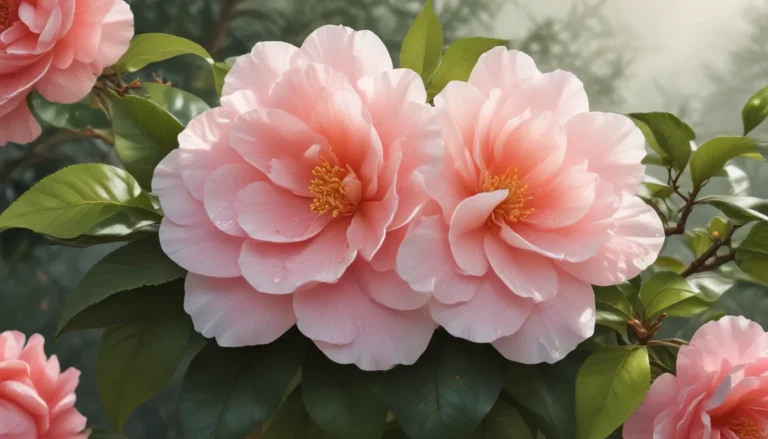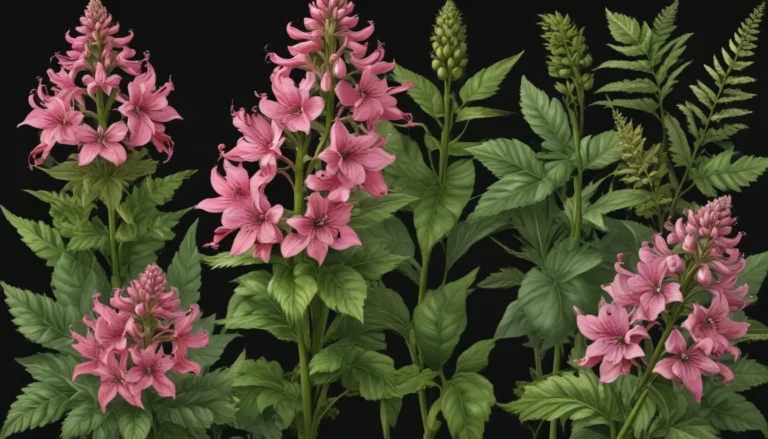The pictures we use in our articles might not show exactly what the words say. We choose these pictures to make you interested in reading more. The pictures work together with the words but don’t take their place. The words still tell you the important facts.
Welcome to the enchanting world of daffodils, where vibrant blossoms and captivating fragrances herald the arrival of spring. These beloved flowers, also known as narcissus or jonquils, have charmed gardeners and flower enthusiasts for centuries. But did you know that there's more to daffodils than meets the eye?
In this article, we will uncover 12 astounding facts about daffodils that will leave you amazed. From their fascinating history to their medicinal uses, these facts will deepen your appreciation for these stunning flowers. So, prepare to delve into the world of daffodils, and be prepared to be dazzled by the wonders that lie beneath their petals.
Daffodil Delights: Key Takeaways
- Daffodils symbolize new beginnings and can naturalize on their own, making them hardy and long-lived flowers that attract pollinators and brighten up any space as cut flowers.
- With over 25,000 varieties, daffodils are native to Europe and North Africa, associated with Easter, and should be kept away from pets due to their toxic alkaloids.
The Symbolism of Rebirth and New Beginnings
The daffodil is often seen as a symbol of rebirth and new beginnings due to its early bloom in spring, signifying the end of winter.
A Journey from Europe to Africa: The Native Habitat of Daffodils
While daffodils originate from Western Europe and North Africa, they are now cultivated and enjoyed worldwide.
A Kaleidoscope of Colors: Over 25,000 Varieties of Daffodils
Explore the vast diversity of daffodils with more than 25,000 registered varieties in colors ranging from yellow and white to pink and orange.
The Botanical Brilliance: Narcissus is the Name
Discover the botanical name of daffodils as they belong to the genus Narcissus in the Amaryllidaceae family.
Interchanging Beauty: Daffodils and Narcissus
Learn how the terms "daffodil" and "narcissus" are often used interchangeably, with "daffodil" being the common name for all narcissus flowers.
A Cautionary Tale: Daffodils and Pets
Understand the importance of keeping daffodils away from animals due to their toxic alkaloids that can be harmful if ingested.
Everlasting Elegance: Daffodils as Long-Lived Perennials
Discover the longevity of daffodils as they can bloom for multiple years in the same location with proper care.
Springtime Splendor: Daffodils and Easter
Explore the association of daffodils with Easter, mirroring their springtime blooming and symbolism of new beginnings.
Nature’s Canvas: Daffodils Can Naturalize
Witness the naturalizing prowess of daffodils as they can spread and multiply on their own without human intervention.
Resilient Beauties: Daffodils as Hardy Flowers
Appreciate the hardiness of daffodils, which can withstand cold temperatures, making them a popular choice for gardeners in cooler climates.
Nature’s Pollinators: Daffodils Attracting Bees and Butterflies
Celebrate the vibrant colors and sweet fragrance of daffodils, attracting pollinators like bees and butterflies to aid in their reproduction.
Blooms of Joy: Daffodils as Favorite Cut Flowers
Embrace daffodils as excellent cut flowers that can brighten any space with their cheerful blooms and extended vase life.
A Flourishing Finale
In conclusion, daffodils are truly fascinating and awe-inspiring flowers that have enchanted people worldwide. Whether admired for their beauty, utilized in gardens, or appreciated for their symbolism, daffodils continue to captivate hearts. So, next time you encounter these sunny blooms, take a moment to admire their remarkable qualities and the amazing facts that make daffodils truly astounding.
Explore More with FAQs
Q: What is the meaning of daffodils?
A: Daffodils symbolize new beginnings, rebirth, and rejuvenation, often associated with the arrival of spring and symbolizing hope and positivity.
Q: Can I grow daffodils indoors?
A: Yes, you can grow daffodils indoors by planting bulbs in containers with well-draining soil, providing adequate sunlight, watering regularly, and enjoying beautiful blooms indoors.
Q: How long do daffodils bloom?
A: Daffodils typically bloom for two to three weeks, depending on the variety and weather conditions, while the foliage may remain green for several weeks after the flowers fade.
Q: Are daffodils toxic to pets?
A: Yes, daffodils contain toxic alkaloids harmful to pets if ingested. Keep them out of reach of cats, dogs, and other animals and seek veterinary attention if accidental ingestion occurs.
Q: How do I care for daffodil bulbs after they bloom?
A: After blooming, allow daffodil foliage to wither and turn brown naturally to store energy for the next year's growth. Remove the foliage once completely withered.
Daffodils weave a tapestry of wonder with their vibrant beauty and rich symbolism, enriching our lives with each blooming season. Explore their mesmerizing allure, and let the radiant charm of daffodils illuminate your world with joy and inspiration.
